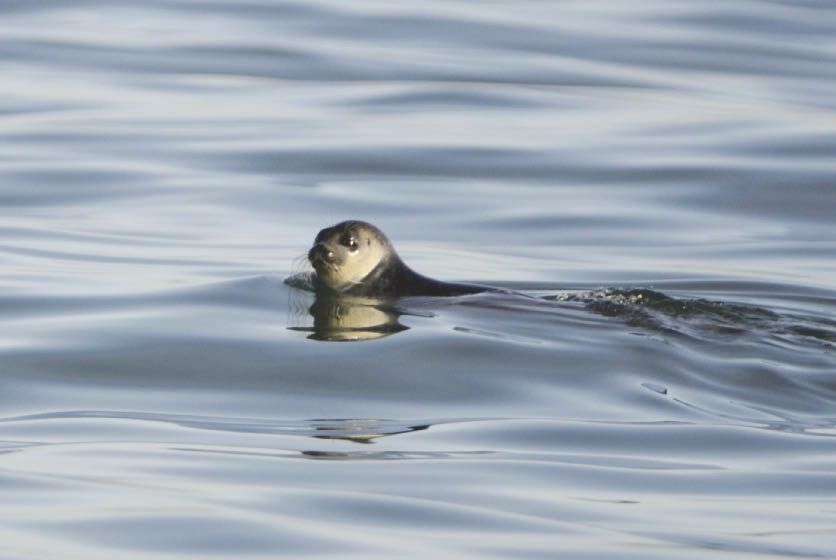Canada considers listing ringed seals under Species at Risk Act
Community consultations are slated to begin this fall.

Canada’s Department of Fisheries and Oceans will begin consultations with communities across the North this fall about whether to list ringed seals under the federal Species at Risk Act.
“If listed, there’s absolutely no restrictions or prohibitions, there’s no change to harvest,” said
Sam Stephenson, a species at risk biologist with DFO.
What it would mean, said Stephenson, is the department would work with northern groups to create a management plan.
It also means new funding.
“As soon as a species is listed or even when it’s considered for listing, it starts to open up the purse strings for different types of research,” says Stephenson.
The department’s community consultations follow a November 2019 decision by the Committee on the Status of Endangered Wildlife in Canada to list ringed seals as a species of special concern.
Although ringed seals are the most abundant marine mammal in the Canadian Arctic, climate warming factored into that decision.
[Some Alaska seals are getting skinnier — probably because of retreating sea ice]
“The Canadian population is predicted to decline over the next three generations and may become threatened due to extensive and ongoing changes in sea ice and snow cover in a rapidly warming Arctic,” said the committee’s summary.
One issue with ringed seals is that scientists have no idea what that population number is doing, says Stephenson.
“Scientific knowledge of ringed seal, not the traditional knowledge … remains quite poor,” said David Lee, a wildlife biologist with Nunavut Tunngavik Inc., during a recent quarterly Nunavut Wildlife Management Board meeting.
“The estimates of global range are from 2.5 million seals to six or even seven million seals.”
[US federal agency denies a petition to delist Alaska’s ringed seals]
According to Lee, most of the discussion on whether to list the ringed seal as a species of special concern did not rely on traditional knowledge.
For some in attendance at the management board meeting, the issue was that the committee viewed all of the animals as one population, creating a potentially unfair assessment of the situation.
“What [this] does is potentially place populations where there aren’t issues with seal populations … in the same category as areas where there are issues with seal populations,” said Zoya Martin, director of the Government of Nunavut’s fisheries and sealing division, during the meeting.
Her concern is that this could create further challenges for those seeking to sell sealskin products.
According to Stephenson, the committee usually looks at genetic differences in animal populations to determine if there are subpopulations that could be listed separately. With ringed seals, that type of genetic information isn’t available.
“Perhaps with a management plan and increased funding and study, we may find that there are a few distinct populations,” he said.
Fisheries and Oceans aims to hold community consultations between September and December, but how those meetings will roll out has yet to be decided and depends on the status of the pandemic.